The school year just ended, so we thought it appropriate to include a guest article from our recent newsletter that was written by Langley High School alumnus Dick Bryant, class of 1954.
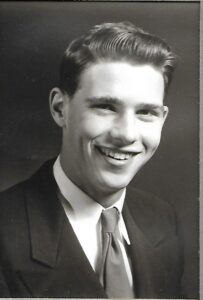 I was born on the Island but our family left before I entered school. I started school at Sultan in the fall of 1941, and then we moved to Cashmere where I finished the first grade. After a summer in a cabin on Lake Wenatchee, (my Mom said I kept asking her when the tide was going to go out), we were back on Whidbey where I entered the second grade in the fall of 1942.
I was born on the Island but our family left before I entered school. I started school at Sultan in the fall of 1941, and then we moved to Cashmere where I finished the first grade. After a summer in a cabin on Lake Wenatchee, (my Mom said I kept asking her when the tide was going to go out), we were back on Whidbey where I entered the second grade in the fall of 1942.From then on through high school I was at Langley. My two older brothers, Bob and Jim, had started grade school at Langley in the white wooden building that was later replaced by a new brick building in 1941. My younger sister Nora also attended school at Langley. We all graduated from Langley High School, which now houses Island Dance.
Growing up on South Whidbey was very unique. Most of us had either been born on the Island, or had been there long enough to have deep roots in the community. Families were tied together through school activities, various social gatherings, or just as neighbors that helped each other out.
Our class always seemed to average around 30 students. Most of us were together from the time I entered the second grade until we graduated high school.
Before my time, there were several small schools scattered around the south end. To name a few: Bay View, Brickyard School, Deer Lake, Ingleside, Intervale, Island School, Langley, Mutiny Bay, and Saratoga.
As vehicle transportation developed, the small community schools began to consolidate and students were bused to Langley. By 1941, all the south end school districts consolidated into one. Elementary grades 1 thru 8, and high school, 9 thru 12, were located on the Langley campus in two brick buildings.
School bus routes were established, and nearly all students were transported to school by that means.
As mentioned, the grade school building was only a year old when I started. It was (and still is) a long one- story brick structure. There was a hallway that ran down the center, from end to end, with classrooms, offices, and restrooms on either side. Each grade had its own teacher.
A classroom contained desks which were in rows from the front of the room to the back with aisles allowing egress and ingress. Supplies and books could be stored underneath a flip up desk top. A hole in the upper left hand corner contained an inkwell with ink for the more advanced classes. I remember bringing a fresh daffodil to school in the spring, placing it in the ink well and watched it turn blue.
Each room had a coat closet; no lockers. The teacher’s desk was in front with a blackboard behind. The class room had windows along one wall, and a pencil sharpener next to the windows.
We did a flag salute each morning as I recall. I’m not sure if it was in the classroom or we were all together in the hall.
At recess some kids shot marbles. The competitors carried around their stash in a bag. Things kind of got out of hand when guys started bringing “steelies” for shooters, which were steel ball bearings. The small glass marbles didn’t stand a chance, and before long most guys were cleaned out.
First graders started their education in the first classroom at the south end of the building.
There was also an annex building off the northwest corner of the grade school. It was a wooden structure that was there before the high school was built in 1935 and contained two classrooms.
I attended the 6th and 7th grades in this annex building. Later it was switched over to a woodshop for a short time when I was in high school.
As we completed a class, we worked our way north. My class graduated the 8th grade at the north end of the grade school in the spring of 1949.
That fall we entered the high school only a few yards north. Mr. Floyd was our shop teacher. Cora Cook prepared our school lunches and Mr. Yoder, the custodian, took care of anything that went wrong maintenance wise. Shortly after I graduated, Clifford (Kip) Hagstrom took over that position.
Our home was about 15 miles from the school, so I was transported by school bus. My dad was one of the bus drivers. He picked up the kids around Cultus Bay, and Glendale then up Cultus Bay and Langley Roads, filling the bus along the way.
Other drivers were: Ted Simmons who covered Clinton and the approaches to the east side of Langley. I believe Ted was also the bus mechanic.
Leon Burley picked up the Maxwelton kids then up Maxwelton Road, past Midvale and into town. Leon had a beautiful tenor voice and would entertain his passengers.
Harry Josephson transported the Bush Point, Mutiny Bay, Freeland, Bayview kids, and on into the west side of town.
Dad kept his bus at home at night rather than take it back to school.
Early on the buses were squatty little things, perhaps a 1936 vintage Ford–at least ours was. The seats were not configured as they are today. Rather, there were four bench seats that ran the length of the bus, front to back. There was a bench seat under each of the row of side windows, and two others back to back down the middle.
That left a very narrow aisle between the two facing sets of bench seats. We sat on the seats facing each other with knees interlocked. Exiting from the back of the bus, when full, was difficult as there was no room down the aisle when people were seated. All the kids on a given route rode the same bus, high school and grade school alike.
If a small kid in the back had to exit when the bus was full, everyone had to stand up, or he or she was passed hand over hand from the back of the bus to the front. I don’t know what the highway safety folks would think of that seating arrangement today.
After the war the old buses were replaced with newer ones with a seating configuration as we know it today.
I would have been going on eight when I started third grade in 1943/44, at the height of the Second World War. There was a lot of military activity around Puget Sound at that time. Fort Casey, midway up the Island, Fort Worden, and Fort Flagler were active heavy shore batteries that protected the entrance to the Sound. Ault Field, a naval airbase (now NAS Whidbey) was at the north end. I believe their task was submarine patrol.
Paine Field was on the mainland directly across Possession Sound. I think the base was used for pilot training in P38 fighters. We also saw much naval traffic plying Admiralty Inlet as ships entered and exited from Seattle and the Bremerton Naval ship Yard. There was a lot of aerial activity as planes were being test flown and pilot training took place.
When school was close to letting out for the day, we heard a strange noise from outside. It was very loud, almost like a chainsaw revving up close by. The noise was followed by an explosion. We all looked perplexed.
Mrs. Temple said “Oh that’s just a car backfiring,” so there was no further concern. Upon leaving class we found out that a plane had crashed in the woods near the south edge of town. It was probably only a mile or so from the school.
After a few days the public was allowed to see the site. The crash was pretty devastating. All on board perished. The plane was completely destroyed with charred debris everywhere. That image sticks in an 8-year-old’s mind.
It was during this school year that the gym burned down. It was an old wooden structure next to the south end of the grade school. When we got to school one morning the building was just smokey embers.
A new gym was not built until the early 1950s. Up to the time of the new gym, basketball practice was done in a rather large fair building south of the school across the athletic field. It didn’t have a full sized floor, so they practiced half court. Our home games were played at Coupeville. We got to watch the entire new gym construction project go on from the upstairs windows of the high school.
I got to play basketball in the new gym my last three years of high school. The cafeteria had relocated from the Fairgrounds pole building to the first floor of the new gym building, which I cleaned during my senior year for free lunches.
Ink was my undoing. I remember certain assignments had to be done ink. I am left handed. I guess we had fountain pens for the purpose. Ink and lefties are not very compatible. My writing style meant that my left hand would drag across anything just written. My penmanship scores reflected this problem.
One day I saw an ad in a magazine for a new writing device. It was called a “ball point pen”. You can’t imagine my delight knowing I would no longer have to use pen and ink. I couldn’t wait to send away and get one. I don’t remember it working much better than ink pens.
In spite of this obvious dilemma, I was not forced to give up my left handedness which I understand many “southpaws” were forced to do back in those days. I remain a lefty to this day in spite of living in a right handed-world.
At certain intervals report cards were given to us. We were graded for each of our subjects. We were required to take the report card home and have one of our parents sign it. They wanted to make sure parents knew how their children were doing in school.
Attending school was expected of you and I don’t remember many dropouts from my class. A number of us went on for college degrees. Anyhow that was the way some things were back then at the schools in Langley.
— Dick Bryant
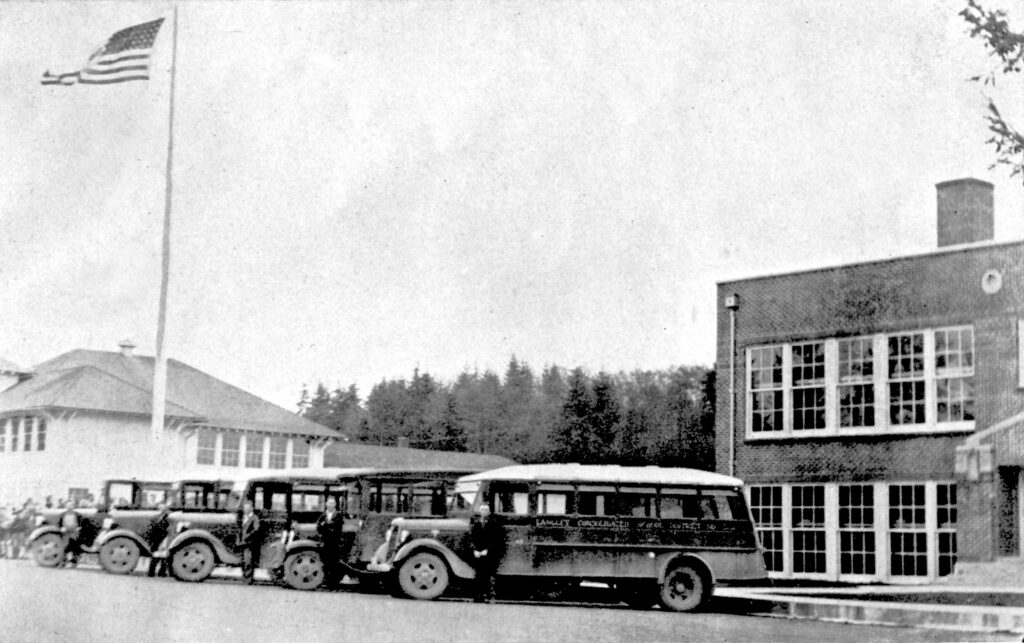
1937 photo of new high school (right) and old wooden former high school and grade school. These were the type of buses that Dick mentions in his article.
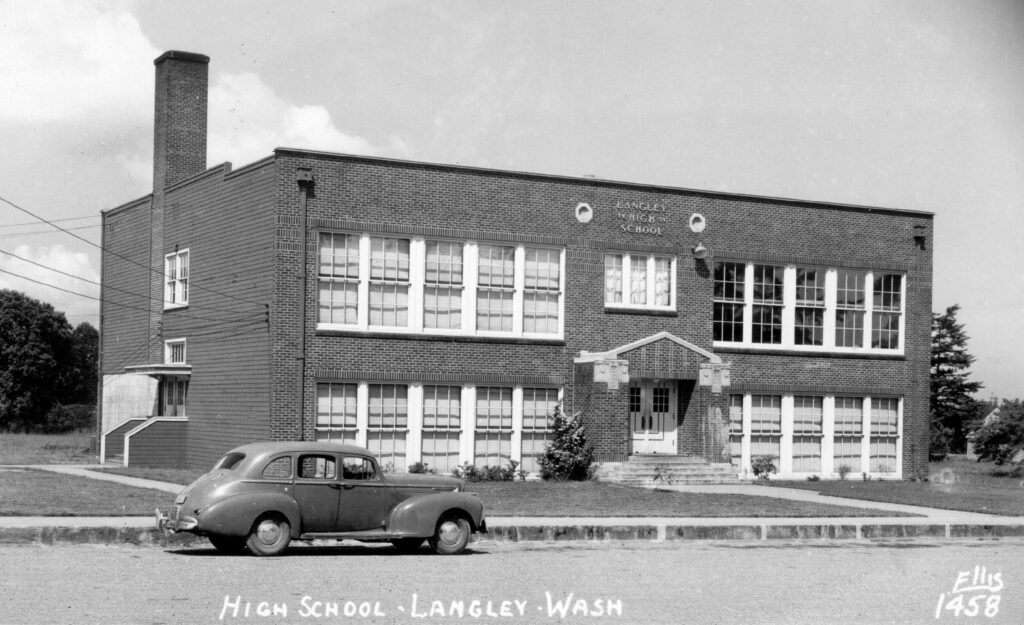
The new brick Langley High School.
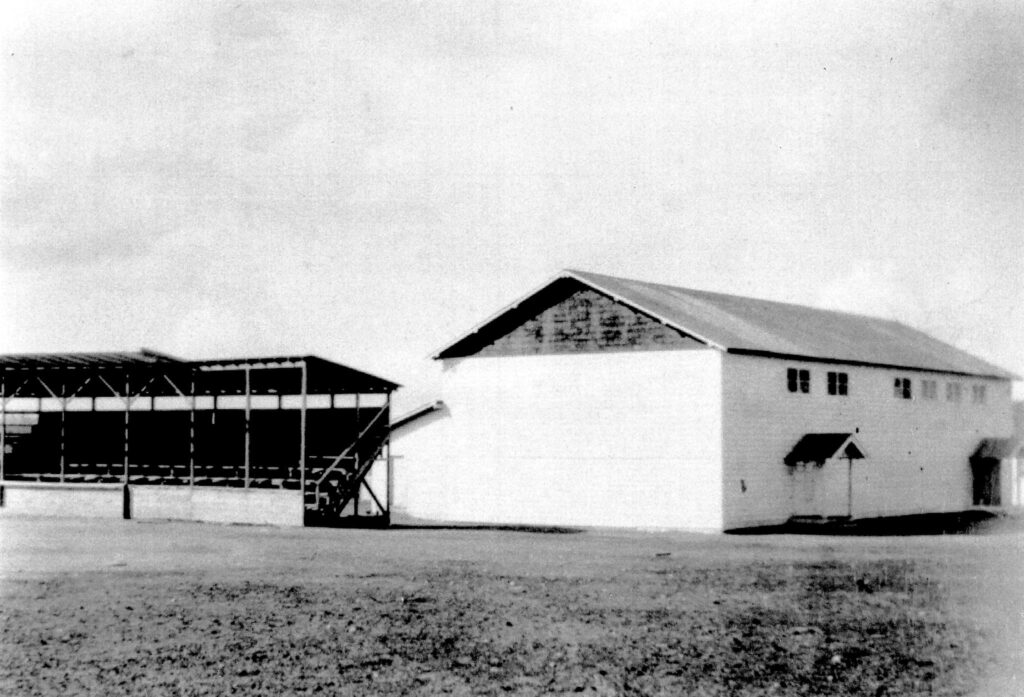
The old wooden gym which burned down.
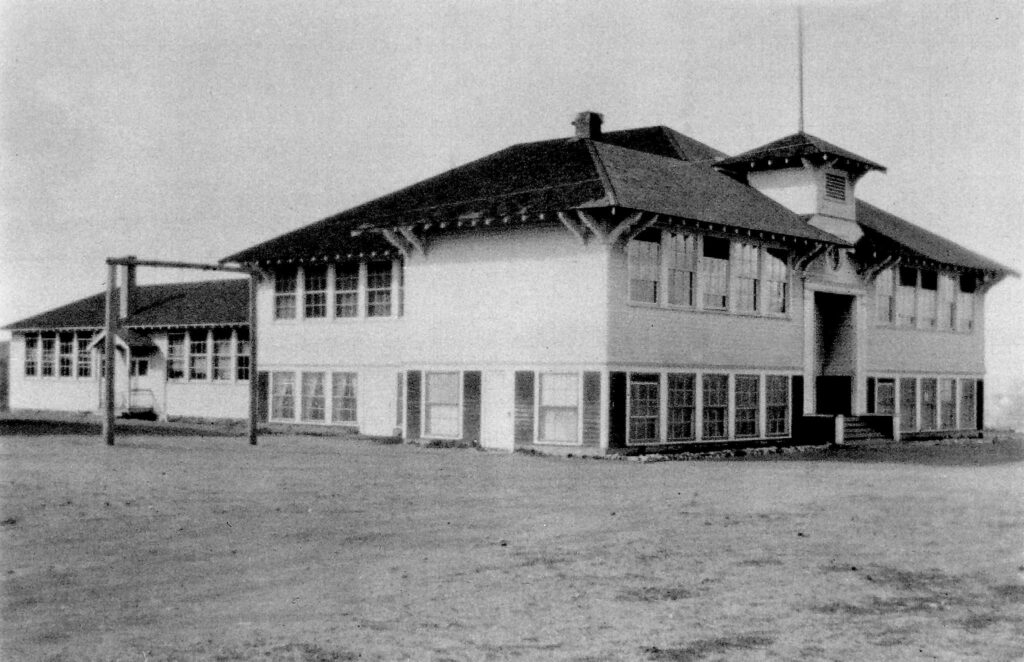
The old Langley High School and Grade school with the annex attached.
